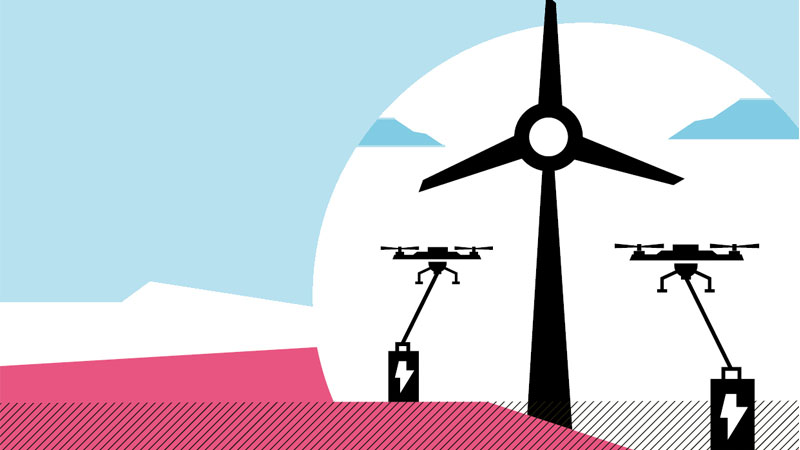When Violaine Champetier de Ribes first visited Estonia – known as one the world’s first digital societies – she was expecting a futuristic city to fit the title. “You’re expecting a spaceship and instead, the first thing you see when you get to [the capital] Tallinn is a medieval old town, like Game of Thrones.” Thirty trips to the country later, the French writer says Estonia’s technostate is largely invisible; obscured by the narrow spires and red roofs that punctuate this Baltic nation.
The book she co-authored, The Full Digital Nation, tracks the intricacies of how the ex-Soviet country managed to become a fully functioning online bureaucracy, even in its cash-strapped early days of independence. But now, as countries around the world turn to technology to curb Covid-19’s spread and sustain life under lockdown, a question hovers over Estonia:
Is a digital nation better equipped to stop the spread of a pandemic?
Estonia’s coronavirus numbers are generally in keeping with its neighbours. The country recorded its first coronavirus death on March 25 and three months later, the death toll remains below 70. According to Johns Hopkins University, its infection number – at just under 2,000 – is slightly higher than nearby Latvia and Lithuania.
One day after the state of emergency a hackathon took place
To fight the virus, Estonia has also deployed familiar techniques: lockdown, testing, emptying of intensive care wards and human contact-tracing. But many people in Estonia’s tech community are also proud of how local start-ups were deployed. On March 12, prime minister Jüri Ratas declared a state of emergency. By the next day, a company called Garage48 had kickstarted a state-backed virtual hackathon called “Hack the Crisis”.
Ingrid Rooda – who works for Estonia’s health board – is one state official who was fielding developers’ questions over the two-day event. She describes the atmosphere as fast-paced and competitive. And she points out three “digital solutions” that were created as a result – the KoroonaKaart online information hub, the self-assessment Korooonatest questionnaire, and the national chatbot SUVE, which answers questions about the emergency in Estonian and English.
Estonia’s hackathons have been construed as a lesson in how a digital state provides leadership in a pandemic.
But none of the tools developed in these sessions have been very radical – or even unique. Chatbots, infection maps and self-assessment questionnaires exist in countries around the world – even in those without a reputation for digital government. Bulgaria, for example, which ranks among the lowest EU nations for connectivity, has its own self-assessment app called ViruSafe.
Irja Lutsar, a virology professor who was appointed head of Estonia’s governmental coronavirus scientific advisory board back in March, does not mention any “digital solutions” when she talks about how the country kept its infection rates low. Instead she credits a lower-tech mixture of trust in government and social pressure that meant people were adhering to lockdown orders.
A small country with high digital competence
“We are a small country. People know each other,” she explains. “When we had outbreaks in small communities, many people had to be home isolated and if they went to the shop, somebody would say, you shouldn’t be here in the shop, because you should be in isolation.”










